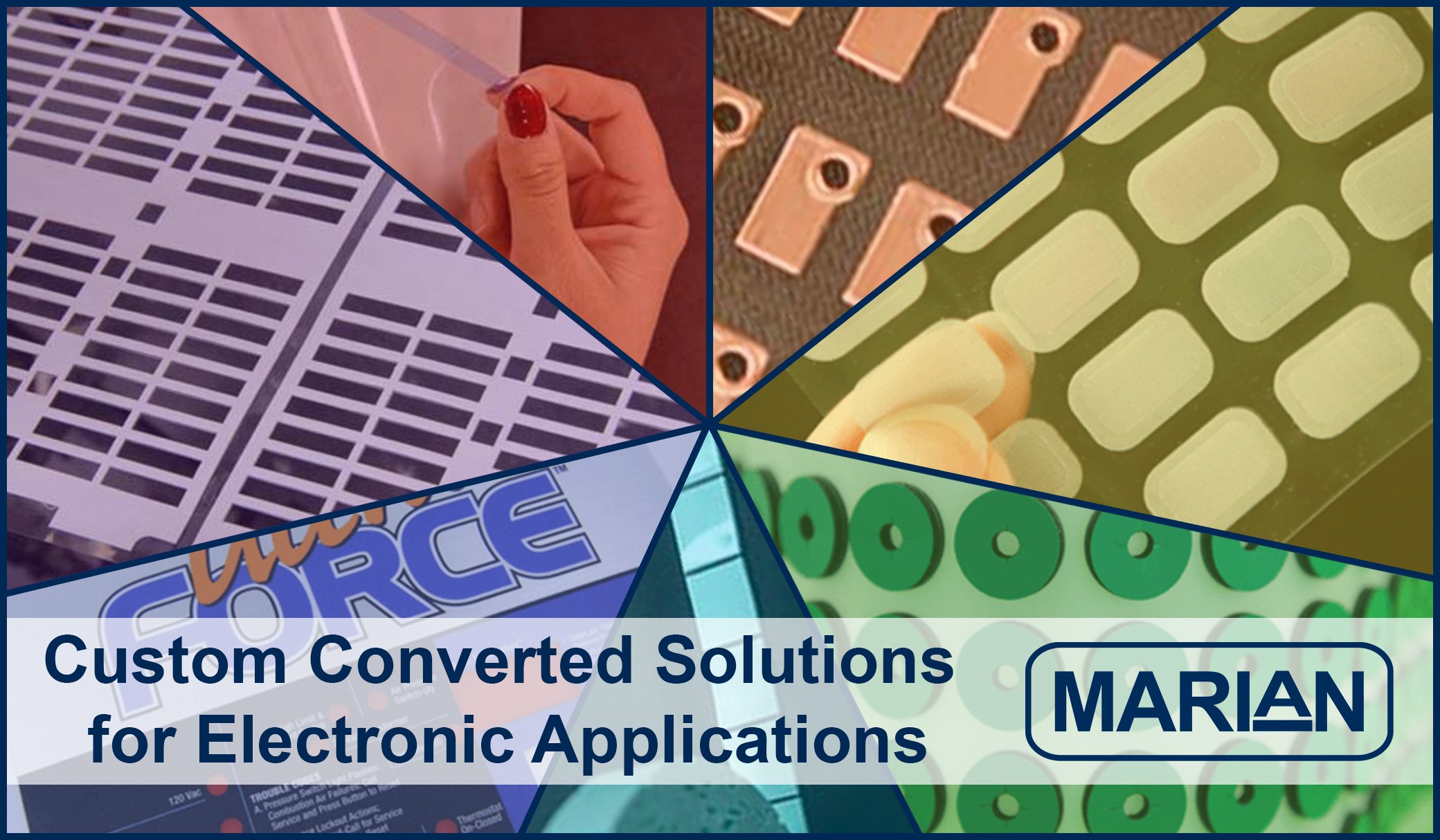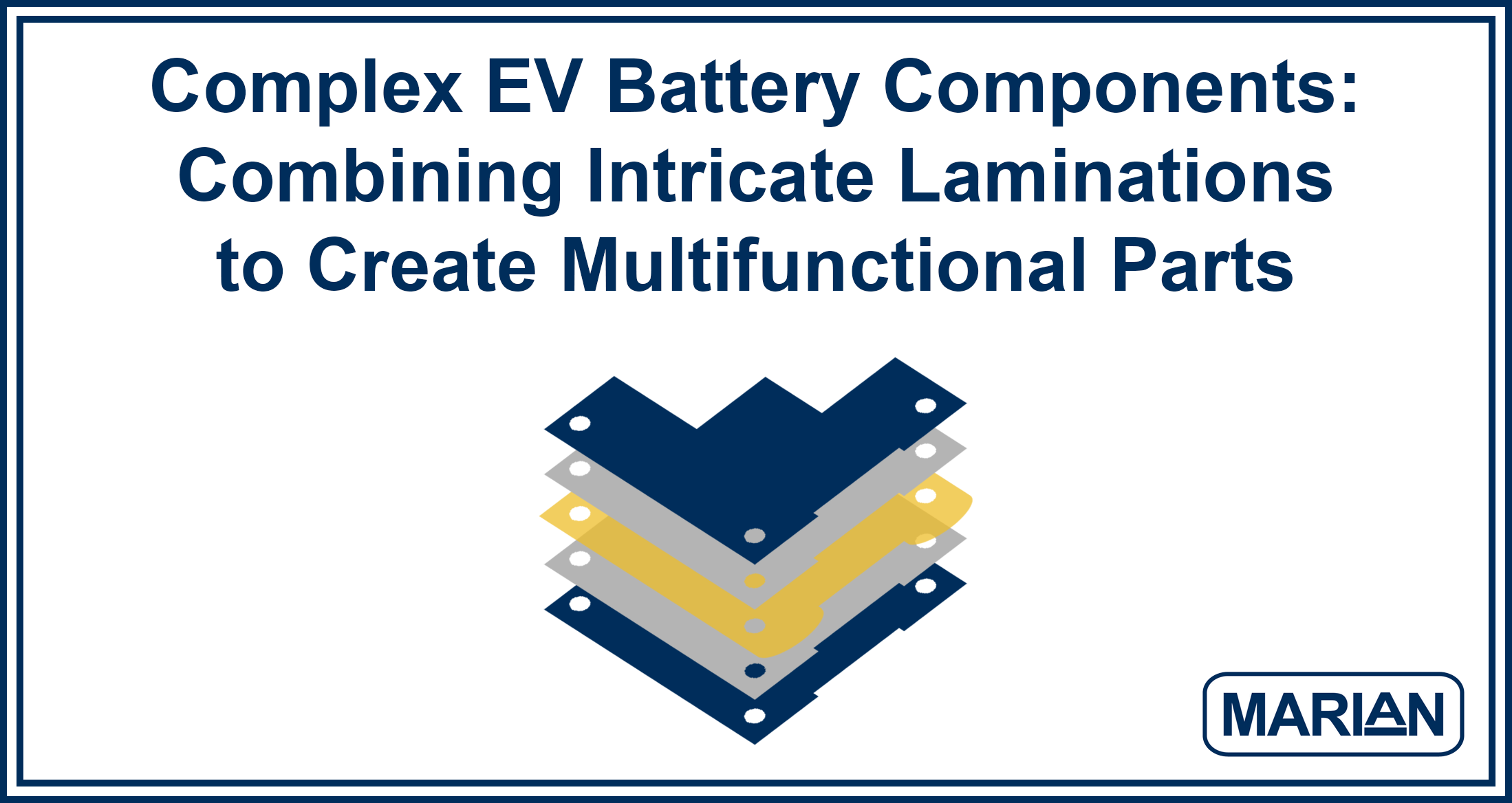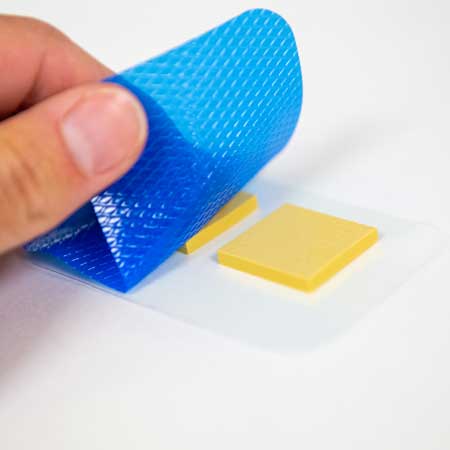The Application Challenge
One of the many markets Marian converts custom components for is the LED industry. For over a decade, customers have turned to LED lighting as an environmentally friendly solution with a longer service life than conventional lighting.
Keep reading to learn more about a customer that removed conventional bulbs from existing lighting structures and retrofit them with LEDs and see how Marian helped them come up with a custom die-cut solution to improve their assembly process.
Read More
Topics:
Thermal Management,
Manufacturing,
Material selection,
Die Cutting,
Application Story,
Thermal Pad,
Assembly,
Converting
Digital displays are an integral part of modern vehicle dashboards, household appliances, consumer electronics, and more. In applications like thermostats, cell phones, smart watches, and vehicles, displays allow a simplified, interactive experience for users. To make these digital display assemblies, manufacturers require a variety of die-cut components that, when combined, come together to make an impressive display that provides extreme clarity and a user-friendly experience, which we highlight below.
Read More
Topics:
Thermal Management,
EMI Shielding,
LED Lighting,
Die Cutting,
3M,
Thermal Pad,
TIM,
Gasket,
PSA,
Assembly,
Thermal Gap Filler Pads,
Polymer Science,
Converting,
Films,
Electronics,
Thermal Gap Pad,
Tesa,
Displays
In the fast-paced world, electronics are now integrated into almost every aspect of human life. Solutions ensuring optimal performance and longevity are necessary to meet consumers’ expectations. Many converted electronic components are made using materials that address various challenges faced by electronics applications, including thermal management, electromagnetic interference (EMI), surface protection, and more.
Read More
Topics:
Thermal Management,
Foams,
EMI Shielding,
Surface Protection,
Vent Material,
Die Cutting,
Thermal Pad,
TIM,
Gasket,
PSA,
Films,
Electronics
Combining Intricate Laminations to Create Multifunctional Parts
Electric vehicles (EVs) continue to experience a sharp growth trajectory, generating process advancements and additional application requirements and needs. Marian has developed improved solutions to meet the industry’s most critical necessities for battery longevity, performance, and passenger safety.
Read More
Topics:
Thermal Management,
EV,
Battery,
Die Cutting,
Thermal Pad,
PSA,
ITW Formex,
Assembly
Thermal gap pads are one common type of thermal management materials and are utilized in electronic devices within the interface, or gap, between a heat generating component and a heat sink. The heat sink or cooling plate is designed to conduct heat away from the heat generating component to keep it cool and running safely.
According to Parker Chomerics Thermal Management Engineering Handbook, the typical contact area between most semiconductors and heat sinks can be made up of 90% air voids! We also know that air is about 200 times less conductive than a 5 W/mK thermal interface pad. This is where the thermal gap pad comes in.
Thermal gap pads are made of soft polymer that flows into the air gaps in the interface to aid in the more efficient and effective conduction of heat.
Read More
Topics:
Thermal Management,
Thermal Pad,
TIM







